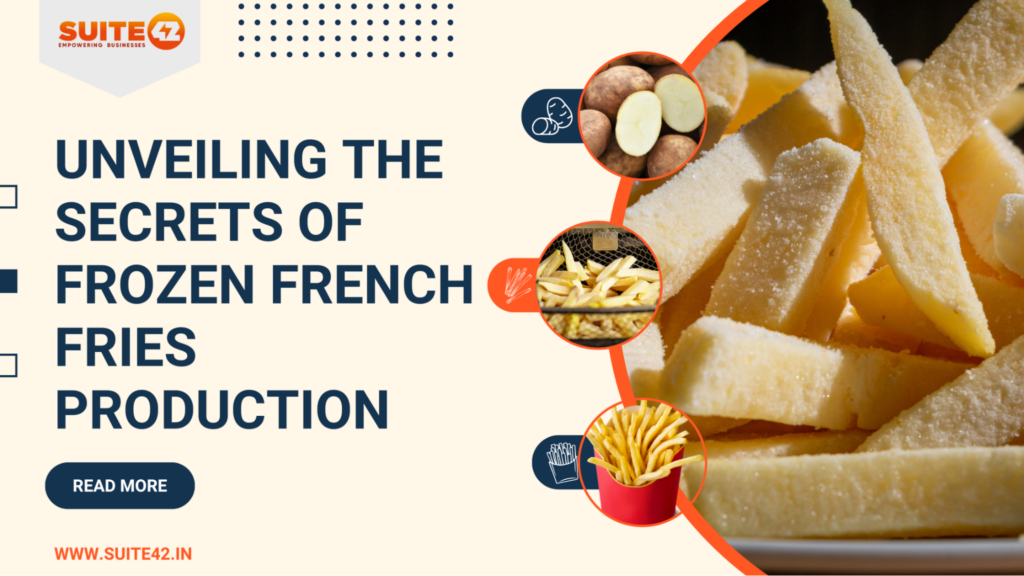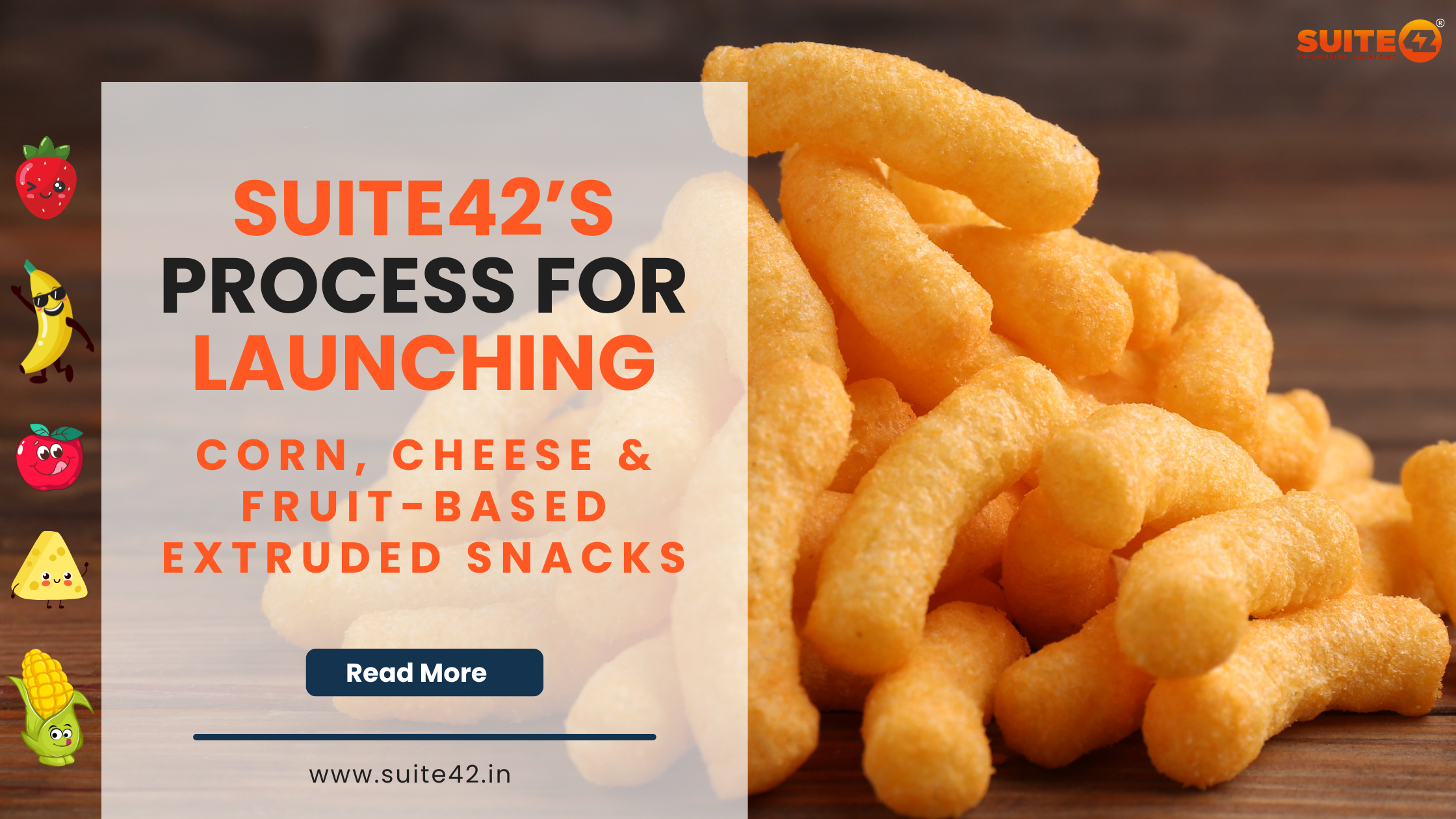Unveiling the Secrets of Frozen French Fries Production

Introduction
Did you know that the average person consumes a staggering 29 pounds of frozen french fries annually? This beloved side dish has transcended borders and cultures, becoming a global symbol of comfort food. But have you ever stopped to wonder about the fascinating journey a humble potato takes to become that crispy, golden french fry on your plate? This article delves into the intricate world of Frozen French fry production, peeling back the layers to reveal the science and ingenuity behind this culinary staple.
The Humble Spud: Selecting the Perfect Potato
Not all potatoes are created equal, especially when it comes to french fry production. Manufacturers meticulously select potato varieties with specific characteristics ideal for frying. High starch content is crucial, as it contributes to the fluffy interior and crispy exterior we all love. Additionally, factors like size and sugar content are considered. Ideally, potatoes should be medium-sized to ensure uniform cooking and have low sugar levels to prevent excessive browning during frying. Sustainable sourcing practices are also increasingly important, with many manufacturers partnering with local farms that employ eco-friendly agricultural techniques.
Washing Away the Dirt: The Cleaning Process
Before a potato embarks on its transformation, it undergoes a multi-step washing process. This critical step removes dirt, debris, and potential contaminants that could compromise the final product’s safety and taste. Modern facilities utilize advanced washing technologies like water flumes, rotating brushes, and even pressurized water jets to ensure a thorough cleaning. These high-tech systems not only guarantee hygiene but also maximize efficiency in processing large volumes of potatoes.
Article that might interest you: A Third-Party Manufacturer of Frozen Foods Business In India
Shedding the Skin: Peeling Techniques Explained
Once cleansed, the potatoes are ready to shed their outer layer. Two main peeling methods are employed in french fry production: abrasive peeling and steam peeling. Abrasive peeling utilizes rotating brushes or drums lined with a coarse material to remove the skin. This method is efficient but can result in some potato flesh loss. Steam peeling, on the other hand, utilizes high-pressure steam to loosen the skin, which is then easily removed with a gentle air blast. While steam peeling minimizes product loss, it can be a slower process compared to abrasive methods.
Slicing and Dicing: Achieving the Perfect Fry Shape
The iconic shape of a french fry is no accident. Automated cutting machines with razor-sharp blades precisely slice the potatoes into uniform strips. These machines offer incredible versatility, allowing for the creation of various fry styles – from the classic shoestring to the crinkle-cut and the steak-cut variety. Each shape offers a unique mouthfeel and cooking experience. For instance, shoestring fries cook faster due to their increased surface area, while steak-cut fries boast a heartier texture.

Blanching: A Quick Cook for Enhanced Texture
Before hitting the hot oil, the potato slices take a quick dip in hot water or a steam bath – a process known as blanching. This brief thermal treatment serves two crucial purposes. Firstly, it inactivates enzymes that could cause browning and textural deterioration during storage. Secondly, it helps par-cook the potatoes, ensuring even cooking and a light, fluffy interior when fried. Blanching is a seemingly simple step, but it plays a vital role in achieving the optimal texture and visual appeal of the final product.
Drying Up: Removing Excess Moisture
After blanching, the potato strips undergo a drying process to remove excess surface moisture. This is essential for achieving a crispy texture during frying. Air drying, where the fries are exposed to a current of air, is a common method. Alternatively, de-watering techniques utilize centrifugal force or pressurized air to remove moisture more efficiently.
Article that might interest you: How to Choose a Reliable Food Contract Manufacturing Company in India?
The Big Fry: Unveiling the Frying Process
The moment of truth arrives – the frying stage. Here, the potato strips are plunged into hot oil baths, typically reaching temperatures between 300°F and 375°F. Vegetable oil or canola oil are popular choices due to their high smoke points and neutral flavor profiles. Maintaining optimal oil quality and temperature control is crucial for consistent results. Overheated or degraded oil can impart undesirable flavors and textures to the fries.
De-Oiling: Shedding Excess Oil for a Healthier Fry
While the frying process delivers the signature golden-brown color and crispy exterior, it also leaves the fries coated in oil. To enhance crispness and reduce overall fat content, excess oil is removed after frying. Centrifugation, which spins the fries at high speeds to force out oil, is a common de-oiling technique. Alternatively, vibratory screens can be used, where the fries are gently shaken to remove surface oil.
The Big Freeze: Rapid Freezing for Long-Term Preservation
The journey from field to freezer nears its completion. The french fries undergo a rapid freezing process to ensure long-term preservation and lock in the flavor and texture achieved through the previous steps. This involves exposing them to extremely low temperatures – often reaching -40°F or below – in a very short time frame. This technique, known as quick-freezing, effectively halts enzymatic activity and microbial growth, allowing the fries to retain their freshness and quality for extended periods. Flash freezing technologies like cryogenic freezing, which utilizes liquid nitrogen, are becoming increasingly prevalent due to their efficiency and ability to preserve the cellular structure of the potato, resulting in a superior final product.

Quality Control: Ensuring Consistent Perfection
Maintaining consistent quality is paramount in frozen french fry production. Throughout the entire process, stringent quality control measures are implemented. Trained inspectors meticulously evaluate the fries for size, color, texture, and the presence of any defects. Statistical process control techniques are also employed to monitor variations and ensure every batch meets the established quality standards. This unwavering commitment to quality control guarantees that consumers can expect a delicious and consistent French fry experience every time.
Packaging and Storage: Maintaining Freshness Until Consumption
Once the quality control gauntlet is cleared, the frozen fries are ready for packaging. Plastic bags or cardboard boxes with inner liners are commonly used to safeguard the fries during transport and storage. These materials provide a barrier against moisture and oxygen, further aiding in preserving freshness. Additionally, the packaging includes vital information like nutritional facts, cooking instructions, and expiry dates for informed consumer choices. Proper storage at temperatures below 0°F is essential to maintain the quality of frozen french fries and ensure optimal taste and texture when enjoyed at home.
Innovation in the Fryer: Exploring New Trends in Frozen French Fry Production
The world of frozen french fries is not stagnant. Manufacturers are constantly innovating to cater to evolving consumer preferences and dietary needs. One key trend is the adoption of healthier oils, such as avocado oil or olive oil blends, to reduce saturated fat content. Additionally, alternative ingredients like sweet potatoes or even vegetable blends are being explored to create exciting new fry options. The emergence of air-fried french fries is another interesting development. These fries are prepared using hot air circulation instead of traditional deep-frying, potentially offering a healthier alternative with a similar crispy texture.
Beyond the Fry: Exploring the Versatility of Frozen Potato Products
French fries may be the star of the frozen potato show, but they aren’t the only act. A diverse range of frozen potato products grace supermarket freezers, offering convenient and delicious meal solutions. Tater tots, those bite-sized potato and seasoning wonders, are a popular choice. Hash browns, offering a pre-shredded option for creating crispy breakfast potatoes at home, are another favorite. These frozen potato options often undergo similar production processes to french fries, with variations in ingredients and final shapes.
Suite42: Your Partner in Quality Frozen Food Production
At Suite42, we understand the intricacies of frozen food production and are passionate about creating high-quality, innovative frozen potato products. We possess state-of-the-art equipment and a team of experienced food scientists dedicated to developing delicious and healthy french fries and other potato specialties. Whether you require frozen french fries contract manufacturing for your own branded frozen french fries or seek private labeling solutions, Suite42 has the expertise and capabilities to meet your specific needs. We offer a wide range of customization options, allowing you to tailor the ingredients, shapes, and seasonings to your unique vision.

Conclusion
The journey of a potato from a humble spud in the field to a crispy, golden french fry on your plate is a fascinating testament to modern food science and technology. From meticulous potato selection to rapid freezing techniques, each step plays a crucial role in delivering a consistent and delicious product. As the industry continues to embrace innovation, exciting new possibilities await the world of frozen french fries. Partner with Suite42 and let us be your guide in navigating this ever-evolving landscape of frozen potato products.






Leave a Reply